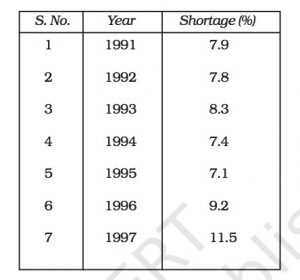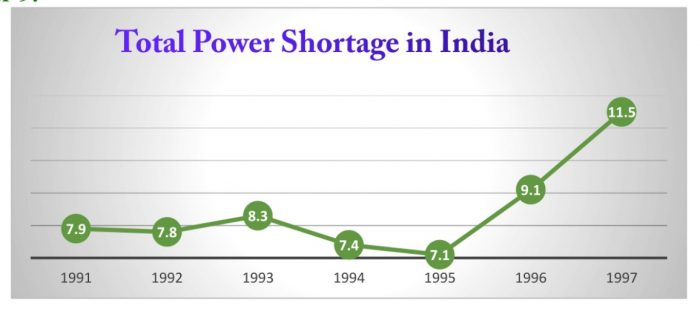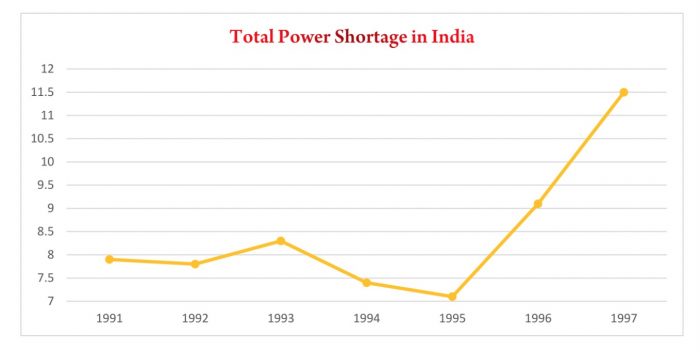Class 8 Science Chapter 5 |
Coal and Petroleum NCERT Solutions
Question 1 What are the advantages of using CNG and LPG as fuels?
Answer The advantages of using CNG and LPG as fuel are:
- It is a god fuel because it burns easily and produces a lot of heat.
- It burns with a smokeless flame and cause no air pollution.
- It does not produce any poisonous gases on burning.
- It does not leave any residue on burning.
- It can be used directly for heating purposes in homes and industry.
- It can be supplied to homes and factories through a network of underground pipes and this eliminates the need for additional storage and transport.
Question 2 Name the petroleum product used for surfacing of roads?
Answer Bitumen is the petroleum product used for surfacing of roads.
Question 3 Describe how coal is formed from dead vegetation. What is this process called?
Answer Coal was formed by the decomposition of large land plants and trees buried under the earth 300 million years ago. About 300 million years ago ,the earth had dense forests in low-lying wet land areas. Due to natural processes like earthquake ,volcanoes and floods etc. These forests were buried under the surface of earth. As more soil deposited over them ,they were compressed. The temperature also rose as they sank deeper and deeper. Due to high pressure and temperature inside the earth ,and in the absence of air ,the woods of buried trees was slowly converted into soil.
The slow process by which the dead plants buried deep under the earth have become coal is called Carbonisation. Since coal was formed from remains of plants therefore coal is called a fossil fuel.
Question 4 Fill in the blanks.
(a) Fossil fuels are _____,_____ and_____ .
(b) Process of separation of different constituents from petroleum is called______ .
(c) Least polluting fuel for vehicle is________ .
Answer
(a) Fossil fuels are Natural gas, Coal and Petroleum.
(b) Process of separation of different constituents from petroleum is called Refining.
(c) Least polluting fuel for vehicle is CNG.
Question 5 Tick True/False against the following statements.
(a) Fossil fuels can be made in the laboratory. (T/F)
(b) CNG is more polluting fuel than petrol. (T/F)
(c) Coke is almost pure form of carbon. (T/F)
(d) Coal tar is a mixture of various substances. (T/F)
(e) Kerosene is not a fossil fuel. (T/F)
Answer
(a) Fossil fuels can be made in the laboratory. – False
(b) CNG is more polluting fuel than petrol. – False
(c) Coke is almost pure form of carbon. – True
(d) Coal tar is a mixture of various substances. – True
(e) Kerosene is not a fossil fuel. – False
Question 6 Explain why fossil fuels are exhaustible natural resources.
Answer Fossil fuels are formed over a period of millions of years by the action of high pressure and high pressure on the remains of dead plants and animals. These fossil fuels are exhaustible natural resources because if these are exhausted by human activities, cannot be recreated in a short period of time.
Question 7 Describe characteristics and uses of coke.
Answer It is a tough and porous black solid substance. It is prepared by destructive distillation of coal or heating coal in the absence of air.
- Coke is an almost pure form of carbon. It is 98% carbon.
- It is mainly used as a reducing agent in the extraction of metals.
- It is used in the manufacture of steel.
- It is used as fuel.
- It is a better fuel than coal because it produces more heat on burning than an equal amount of coal.It burns without producing any smoke whereas coal produces a lot of smoke on burning.
Question 8 Explain the process of formation of petroleum.
Answer It was formed by the decomposition of the remains of tiny plants and animals buried under the sea millions of year ago. It is believed that millions of years ago, the tiny plants and animals which lived in sea, died. Their dead bodies sank to the bottom of sea and were soon covered with mud and sand.Due to high pressure, heat, action of bacteria, and in the absence of air, the dead remains of tiny plants and animals were slowly converted into petroleum. The petroleum thus formed got trapped between two layers of impervious rocks, forming oil deposit.
Question 9 The following Table shows the total power shortage in India from 1991–1997. Show the data in the form of a graph. Plot shortage percentage for the years on the Y-axis and the year on the X-axis.
Answer



Leave a Reply